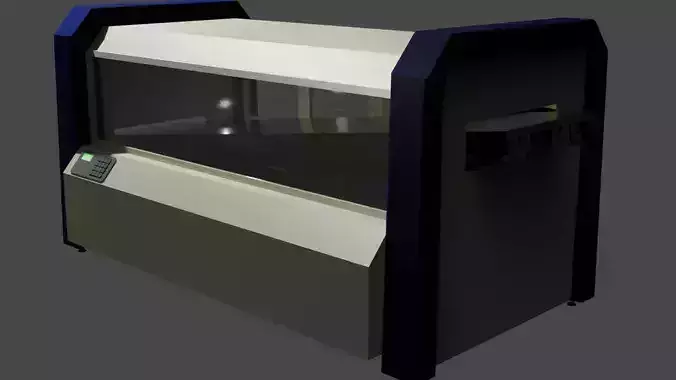1/4
A wave soldering machine is a piece of equipment used in the manufacturing process of electronic circuit boards. It is primarily used to solder through-hole components onto a printed circuit board (PCB) quickly and efficiently. The process involves passing the PCB over a wave of molten solder, which creates reliable solder joints between the components and the PCB.
Here's how a wave soldering machine typically works:
Preparation: Before soldering, the PCB is prepared by applying a solder paste or flux to the areas where components will be soldered. This helps facilitate the soldering process and ensures good solder joints.
Component Placement: Through-hole electronic components are placed onto the PCB, usually with the help of automated pick-and-place machines or manual labor.
Soldering: The PCB is then passed over a wave of molten solder, typically made of a tin-lead alloy or a lead-free alternative. This wave of solder rises up from a heated solder pot, forming solder joints between the component leads and the PCB pads.
Cooling and Inspection: After soldering, the PCB is cooled to solidify the solder joints. It then undergoes inspection to ensure that all solder joints are properly formed and that there are no defects or solder bridges.
REVIEWS & COMMENTS
accuracy, and usability.




